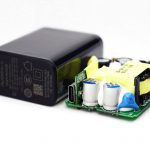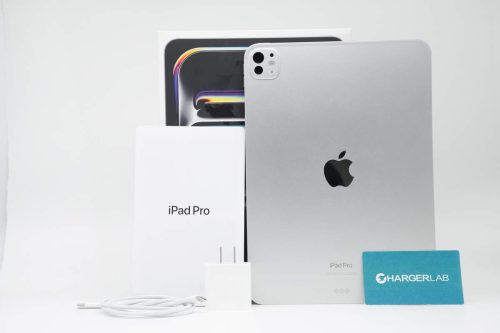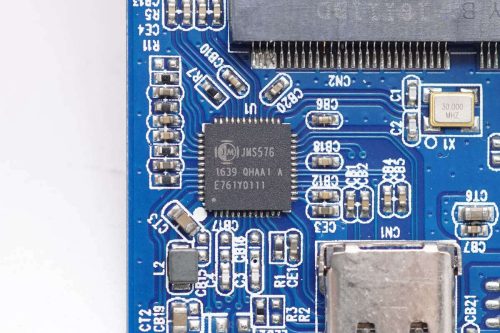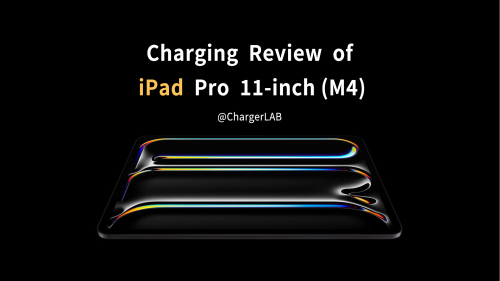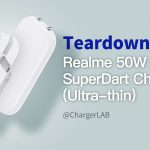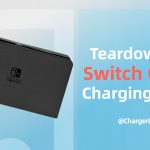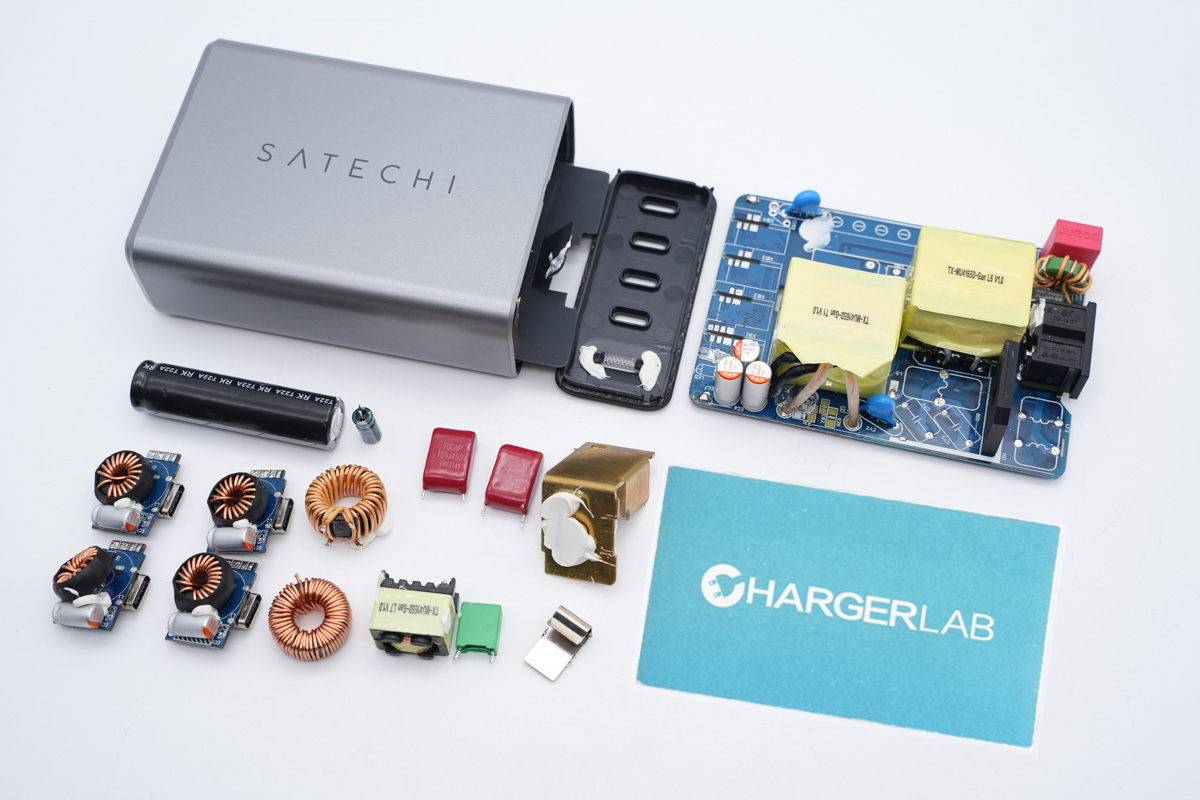On April 28th, Nubia's Red Magic 3 gaming smartphone was officially released at the Beijing RNG E-sports Center. In addition to the Qualcomm Snapdragon 855 processor, the Red Devil 3 is also equipped with a 5000mAh ultra-large capacity battery which supports 27W USB PD fast speed charge, compatible with QC4.0. The following is the teardown of the included charger of the Red Magic 3 gaming smartphone.
A look at the in box charger

The included charger of the Red Magic 3 gaming smartphone has a pure black casing with a plastic film on the surface. The charger is manufactured by Shenzhen Kunxing Technology Co., Ltd., and the shape looks very familiar.

The charger comes with unfoldable prongs. In terms of size, the length, width, and thickness of this charger are 52.3mm, 43.2mm, and 23.8mm respectively.

The product model was NB-A930A-USBA-1, supported a single USB-C port output. A look at charger surface, the QC protocol specification were 5V/3A, 9V/3A, 12V/2.5 A, the maximum output was 30W. The fixed PDO of the charger are 5V/3A、9V/3A、12V/2.5A、15V/2A, and also compatible with PPS 3.3V to 11V output range. The charger was made by Shenzhen Kunxing Technology Co., Ltd.

The weight of the charger is about 61g.

Using ChargerLAB POWER-Z KT001 to detect the output protocol of this charger, the display showed USB DCP 5V/1.5A, QC2.0, QC3.0 protocol

The power profile of this charger supported four fixed PDO outputs with 5V/3A、9V/3A、12V/2.5A、15V/2A, and two PPS output with 3.3-11V/3A、3.3-16V/2A.
Teardown

Pry open the charger case and pull out the internal PCB board.

A large amount of glue was used to fix and dissipate heat between the components on the front side of the PCB. The transformer marked part number of the core type and the date of manufacture.

The input end was distributed with a delay fuse, an NTC surge suppression resistor, a common mode inductor, and three primary filter electrolytic capacitors.

An electrolytic capacitor from BERYL at the input, all three capacitors share the same specification of 400V 15μF, a total of 45μF.

The delay fuse, 2A 250V.

3D-7 NTC surge suppression resistor.

The Y capacitor which belongs to the CD series MLCC by Matsuda Electronics.

PC817 optocoupler for output voltage feedback.

The output USB-C port is fixed to a small PCB daughterboard. Due to the end of the small PCB daughterboard is very close to the primary side, it is wrapped with tape for insulation. Nearby the daughterboard is an optocoupler with glue insulation and there are two solid capacitors for output filtering.

The two output filter capacitors are also from BERYL, the specifications are 560μF 25V.

The blue Y capacitor is glue to the transformer.

Inside the PCB board, there are sufficient spacing reserved between the primary and secondary side.

The input rectifier bridge.

The PWM controller LD5763GS from Leadtrend. The LD5763CGSU is a green mode PWM IC built-in with brown-in/out functions in an SOP-8 package. It minimizes the component counts, circuit space, and reduces the overall material cost for the power applications.
The LD5763CGSU features HV start, green-mode power-saving operation, and internal slope compensation, soft-start functions to minimize the power loss and enhance the system performance.

With complete protection including OPP (Over Power Protection), OVP (Over Voltage Protection), fast OSCP (Output Short Circuit Protection) and brown-in/out protection, LD5763CGSU prevents the circuit from being damaged under abnormal conditions.
Furthermore, the LD5763CGSU features frequency swapping and soft driving function to reduce the noise and improve EMI.

The SVF7N65C primary side power MOS, 7A 650V, from Silan Micro.

Detailed specifications of the SVF7N65C.

Skysilicon synchronous rectification driver and LD8526 MOSFET on the secondary side. Leadtrend LD8526 is a secondary side synchronous rectification (SR) driver IC designed for PD. It was suited for flyback low side and high side synchronous rectification in CCM, DCM and QR mode. LD8526 can generate its own supply voltage through low output voltage or high side rectification applications to charge the battery, suited for PD application, which output voltage range from 3V to 20V. In light load condition, LD8526 will enter green mode to reduce operation current by stopping the SR MOSFET driving function.

Detailed specifications of the LD8526.

Remove the USB-C PD daughterboard from the mainboard reveals the Leadtrend LD6610GQMW, in QFN4x4 package.

LD6610 passed USB IF certification and TID number was 1061012. LD6610 also passed Qualcomm QC4/4+ certification. LD6610 was a highly integrated USB-C PD controller integrated with MOSFET control circuit and microcontroller. It embedded 8-bit MCU to process PD protocol and supports QC4/4+ and QC3.0, QC2.0 and other fast charge protocol.

Detailed specifications of the LD6610.

On the back is an output VBUS switching MOSFET and 5mΩ current sampling resistor. The current sampling resistor is used for constant current regulation, output short circuit and overcurrent protection.

VBUS switching MOSFET from Shenzhen SI Semiconductors.
Conclusion
The included charger of the Nubia's Red Magic 3 gaming smartphone adopted Leadtrend's fast charging solution and BERYL capacitors. The overall design is simplified yet highly integrated, achieving compact size and high power.
In terms of performance, this charger supports QC2.0/3.0/4.0 and USB PD PPS fast charging, suited for most mobile phones with fast charging protocol support.

